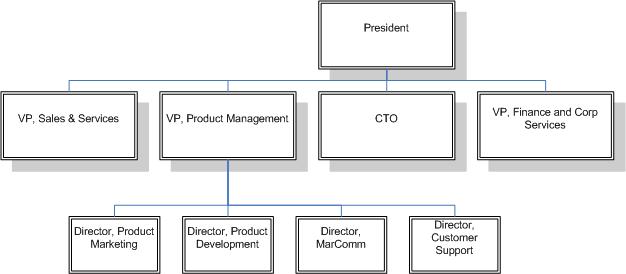#ProdMgmt This is where I reveal my age! Ok, sort of. I remember the challenges of Product Managers 10 years or so ago. The major challenge back then for me was the activity of gathering information. Yes you would hear from your customers, but mostly when they wanted something or when something was not working – it was up to you to pick up the phone and call them. Another avenue for information was from analysts; an expensive option that returned slightly skewed information which was not really worth the money. Tradeshows were a great source of information – competition, customers, thought leaders, etc.; but incredibly expensive. Bottom-line – it was just plain tough and especially time-consuming to get solid, reliable information with which you made product decisions. The act of getting the information occupied a large percentage of the Product Manager’s time. Add to that, requirements writing and teaching / helping sales and well, there was no time left for anything strategic, let alone to try and stay ahead. Even after your release went GA and you distributed it to your customers, it took some time to get feedback … Beta programs occasionally worked, but not always.
Putting this into a Lean context, taking the time to gather information does not add direct value to the customer and therefore should be eliminated. In other words it is Muda.
Many Product Managers still operate this way today, but I’m seeing a growing trend of companies where Product Managers are spending their time responding to information rather than gathering it. In other words, instead of spending the time gathering information, they are doing something with it to add value to the product. Communication and the ease with which we can get information has the ability to significantly reduce the need to spend the time gathering information. Tools such as Twitter provide almost instant feedback from users. SF.com’s Ideas portal allows customers to post and vote on enhancement requests. The ability to intertwine your product and web-oriented feedback mechanisms makes it easy for customers to send you their feedback. From a Product Manager’s perspective the information freely flows in through these new mechanisms and they can now focus on what to add to the product to give the greatest value. The one new addition to the PM role is to monitor these new feedback mechanisms.
Two companies I know of push a new release up to their site on a Friday and start monitoring the uptake and users behavior on Saturday. By Monday morning the Product Manager can assess and prioritize what needs to be done during the week. Another company uses their blog page for feedback. The link to the blog page is right there in the product to make it easy for customers to give feedback. Trends like these will continue far into the future.
Why is this happening? I see two reasons – and they are linked. First is that the rate and amount of change has increased. It is very difficult to maintain a steady course for more than 3 – 4 months. I remember not having to deal with change for a year. The other is the speed and breadth of communication. The web and the tools to mine data or the tools to send you data automatically has dramatically increased. They are linked because the more information available the more need to change what was decided.
It is very clear that our world has become and will continue to be agile – the roles of Product Manager, Product Owner, Business Analyst are in for a very exciting change. I look forward to this evolution!
